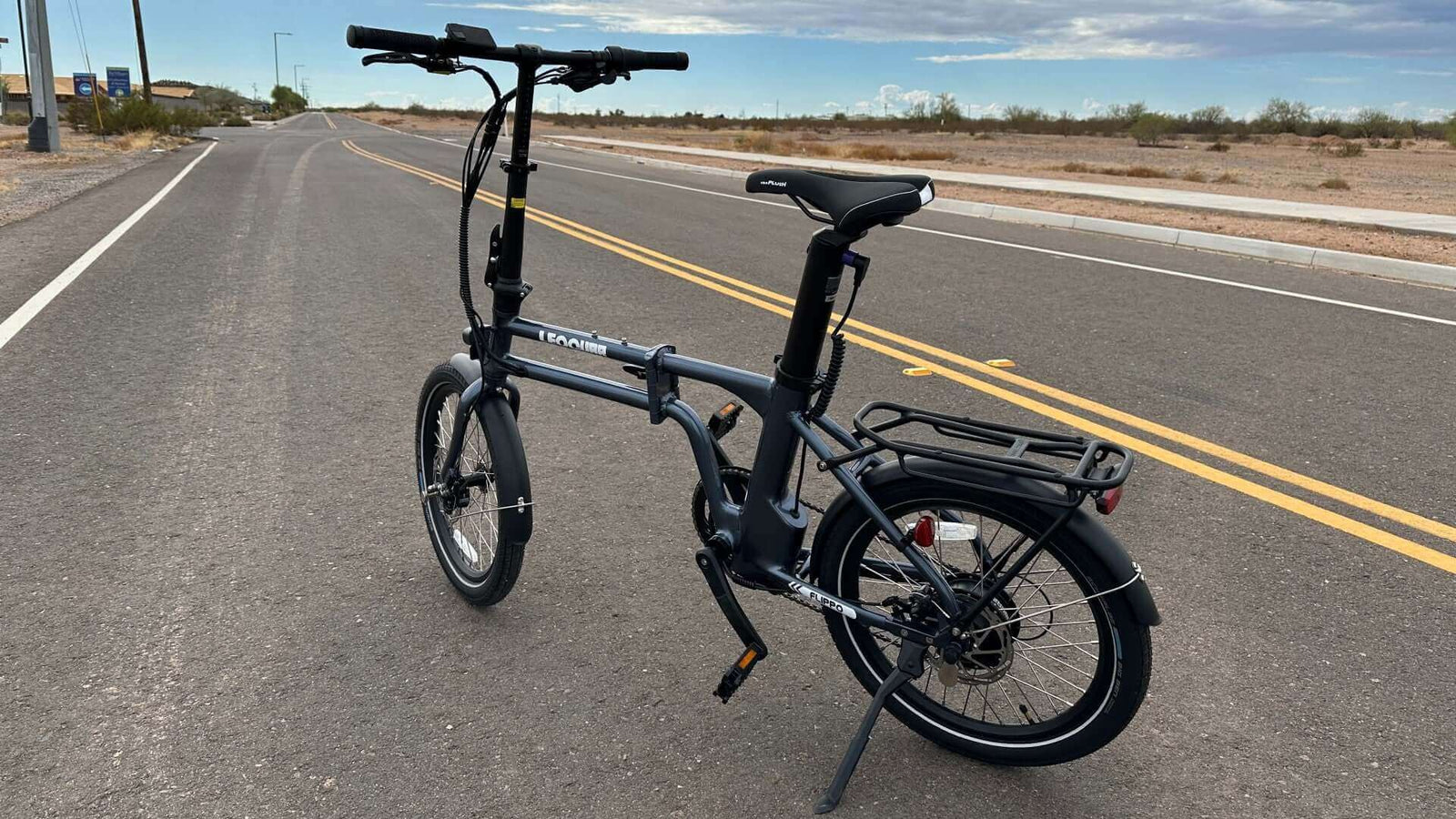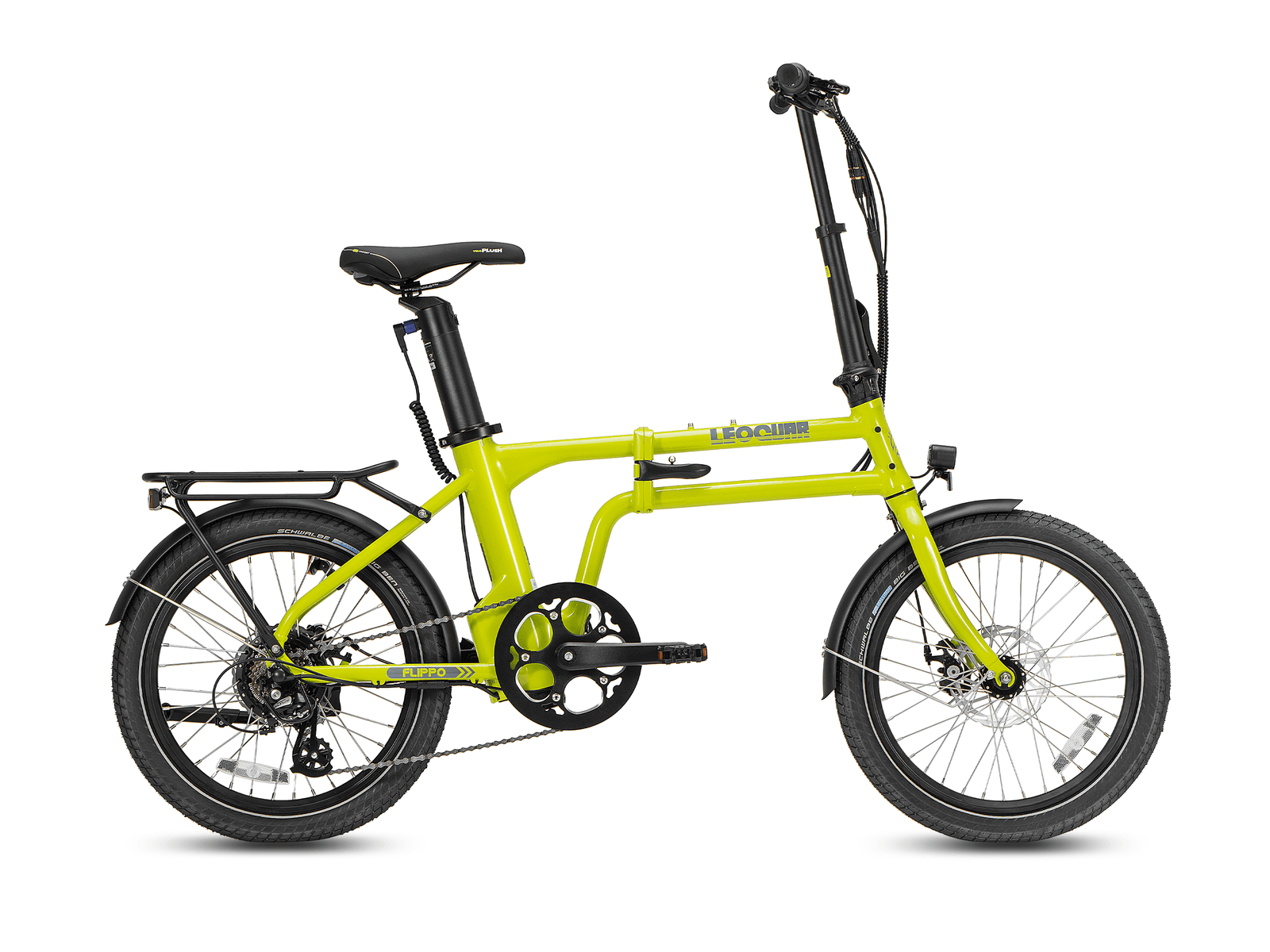
Top 5 Bike Handlebar Types: Transform Your Riding Experience in 2025
Understanding the Basics of Bike Handlebars
Bike handlebars are essential for controlling your bicycle. They serve as the main point where you connect with your bike, helping you steer and maintain balance during rides.
The right handlebar choice can make a huge difference in how comfortable and effective your cycling experience is. Basic parts of a handlebar include the clamp area, grip zones, and bar ends.
Types of Bike Handlebars and Materials
Different types of bike handlebars suit various riding styles. Mountain bikes and city bikes often use flat or riser bars for better control.
Drop handlebars are popular on road bikes because they help riders go faster by cutting through the wind. These bars also give riders multiple hand positions for long rides.
Handlebar materials can affect your riding experience in many ways. Aluminum bars are light and strong, making them a good choice for most riders.
Carbon fiber handlebars cost more but reduce road vibration better than other materials. Steel handlebars are the heaviest but are very durable and can take lots of abuse.
Getting the right size handlebar is crucial for a good fit. Your handlebars should match your body size and the type of riding you plan to do.
The width of your handlebars affects how well you can control your bike. Wider bars give you more control but might feel awkward in tight spaces.
Remember to consider both comfort and function when choosing handlebars. The perfect handlebar will make your rides more enjoyable and help you perform better on your bike.
Types of Bike Handlebars: A Simple Guide
Bikes come with many different types of handlebars, and picking the right one can make your rides much better. The right handlebar can make you faster and more comfortable on your bike. Let's look at the different kinds of handlebars you can choose from and what makes each one special.
Flat Handlebars
Flat handlebars are the most common type you'll see on mountain bikes. These bars are pretty much straight across and give you good control. Most riders find them easy to use because they keep you sitting up straight, which is great for seeing what's ahead. The only problem is that you can't change your hand position much, which might make your hands tired on long rides.
Riser Handlebars
Riser bars curve up from where they attach to the bike. These handlebars let you sit up even higher than flat bars, which many riders like for going downhill. Sitting higher means you can see better and feel more in control, but it also means you'll go a bit slower because of wind resistance.
Drop Handlebars
Drop bars are what you see on most road bikes. You can hold these bars in several different ways, which is super helpful on long rides. The curved shape lets you lean forward to go fast or sit up when you want to relax. Some new riders might need time to get used to them, especially when holding the lower part of the bars.
Cruiser Handlebars
These handlebars sweep back toward you in a big curve. They're perfect for relaxed rides around town or on the beach. While they make riding really comfortable, you won't be winning any races with them.
Butterfly Handlebars
Butterfly bars look like a figure-eight when you look at them from above. They give you tons of different ways to hold them, which is perfect for long bike trips. The downside is that they're pretty big and can make your bike harder to handle in tight spaces.
Remember, the best handlebar for you depends on how you plan to use your bike. Think about whether you want to ride fast, go off-road, or just cruise around town. Your choice can make a big difference in how much you enjoy your ride.
For more detailed information about bicycle handlebar types and how to change bicycle handlebar grips, check out this Wikipedia article.


Factors to Consider When Choosing Bike Handlebars
When picking out handlebars for your bike, you need to think about several important things. Your riding style is one of the most critical factors to consider when selecting types of bike handlebars. Different types of handlebars for bikes serve different purposes, and what works for a road cyclist might not work for someone who rides trails or commutes to work. The right handlebar can make a huge difference in how comfortable and controlled your ride feels.
Finding the Right Fit
Your bike's frame type and size should match your handlebar choice. Looking at bicycle handlebar sizes is essential because they need to work well with your body measurements and bike frame. The handlebar width should match your shoulder width, making it easier to control your bike naturally. This simple factor can make a big difference in how comfortable you feel during long rides.
Comfort is super important when you're choosing handlebars. You should be able to reach your handlebars easily without stretching too much or scrunching up. Multiple hand positions can help you stay comfortable on longer rides, especially if you're doing distance cycling. The grip area should feel natural in your hands and not cause any pain or numbness, even after riding for a while.
Materials matter when you're picking out handlebars. Aluminum handlebars are strong and don't cost too much, while carbon fiber ones are lighter but more expensive. Each material has its own feel and durability, so you should think about what matters most to you.
Remember to check if you know how to change bicycle handlebar grips before making your final choice. Good bicycle handlebar grips can make riding more comfortable and give you better control of your bike. Take time to test different options if you can, as this will help you find the perfect match for your riding needs.
Beyond the Basics: Advanced Handlebar Setup
Different types of handlebars for bikes can completely change how you ride. Choosing the right setup takes careful thought about many small details that work together to create your perfect riding position.
Finding Your Ideal Width
Handlebar width is really important. A wider handlebar gives you more control when riding rough trails, but narrow bars help you cut through the air faster.
The angle of your bars matters just as much. Getting the right angles helps your hands and arms feel good, especially on long rides.
Cable routing is something many riders don't think about until they try it. Clean routing keeps your bars looking neat, but it can make fixing things harder.
Here's what wider and narrower bars do differently:
| Feature | Wide Bars | Narrow Bars |
| Control | Better on rough trails | Good for speed |
| Comfort | Great for long rides | Better in tight spaces |
| Best Use | Mountain biking | Road racing |
Special handlebar shapes like H-bars give you more hand positions. This can be a game-changer on long rides when you need to move around.
Changing bicycle handlebar grips is another way to improve comfort. Good grips can reduce hand pain and give you better control in all weather.
I found that trying different bars helped me ride better on trails. Small changes in width and angle made a big difference in how confident I felt on my bike.
Maintenance and Upgrades: Taking Care of Your Handlebars
Regular maintenance keeps your handlebars safe and working well. Looking after your handlebars, from flat bars to drop handlebars, is essential for a comfortable and controlled ride that can last for many seasons.
Regular Checks and Basic Care
Check your handlebars thoroughly for any damage before riding. A quick glance at the connections and joints can prevent big problems later, especially when dealing with different types of handlebars for bikes.
Pay special attention to the places where the handlebar connects to other parts. These spots get the most stress and can show early signs of problems that affect how your bike handles.
A simple cleaning routine will make your handlebars last longer. Just use soap and water to wipe away dirt, making sure to dry everything completely when you're done.
Upgrades and Improvements
Changing your grips can make riding much more comfortable. If you're wondering how to change bicycle handlebar grips, just follow these steps: take off the old ones, clean the bar, add grip glue, and put on new ones.
Consider your riding style when picking new bicycle handlebar grips. The right grip choice depends on where and how you ride your bike.
Making small changes to your handlebar setup can lead to big improvements. Even a simple grip change can help you ride longer without getting tired.
For more detailed advice about handlebar maintenance and upgrades, check out the REI Expert Advice page (https://www.rei.com/learn/expert-advice/handlebar.html). Their guide can help you make better choices about your bike's setup.
Regular care and smart upgrades will keep your handlebars working great. This attention to detail means safer and more enjoyable rides every time you get on your bike.
Taking care of your handlebars isn't hard, but it makes a big difference. With proper maintenance, your bike will be ready for adventure whenever you are.
Maintenance and Upgrades: Taking Care of Your Handlebars
Regular upkeep keeps your handlebars safe and comfy. Take a close look at them for cracks, bends, or wear, especially when you ride on bumpy trails so that small problems in your types of bike handlebars don’t grow into big issues.
Clean your handlebars with mild soap, water, and a soft cloth. Wipe them clean to stop dirt and grit from causing damage.
Cleaning and Lubrication
Use mild soap to remove built-up dust and dry the bars thoroughly. Avoid harsh chemicals on aluminum or carbon fiber handlebars because they can weaken the material and damage your bicycle handlebar grips; also, a light smear of oil on moving parts and clamp areas helps everything work smoothly.
How to Change Bicycle Handlebar Grips
Upgrading your ride can be fun and useful. First, remove the old grips by cutting any sticky adhesive carefully, then pull them off without harming the bar.
Next, wipe the handlebar with isopropyl alcohol to clear away leftover glue so you get a smooth surface.
After that, apply a thin layer of grip-specific adhesive or wrap some tape around the handlebar for extra hold.
Slide the new grips over the bar while matching them to your hand position; let them cure fully before you test your bike.
Changing to different types of handlebars for bikes can improve comfort and control. Adjusting your bicycle handlebar sizes, width, rise, and sweep to suit your body can reduce wrist pain on long rides.
For more tips on maintenance and upgrades, visit REI’s expert guide on handlebars: REI Handlebar Advice.
FAQs:
-
What's the most comfortable type of bike handlebar for long-distance riding?
Drop handlebars are ideal for long-distance riding as they offer multiple hand positions to prevent fatigue.
-
How do I know which handlebar width is right for my bike?
Your handlebar width should generally match your shoulder width for optimal control and comfort.
-
What's the best handlebar material for everyday cycling?
Aluminum handlebars offer the best balance of durability, weight, and cost for most everyday cyclists.
-
Can I switch from flat handlebars to drop handlebars on my bike?
Yes, but you'll need to change brake levers, shifters, and possibly cables, making it a significant modification.
-
How often should I replace my bike handlebars?
Replace handlebars every 3-5 years or immediately if you notice any cracks, dents, or unusual wear patterns.









































Leave a comment